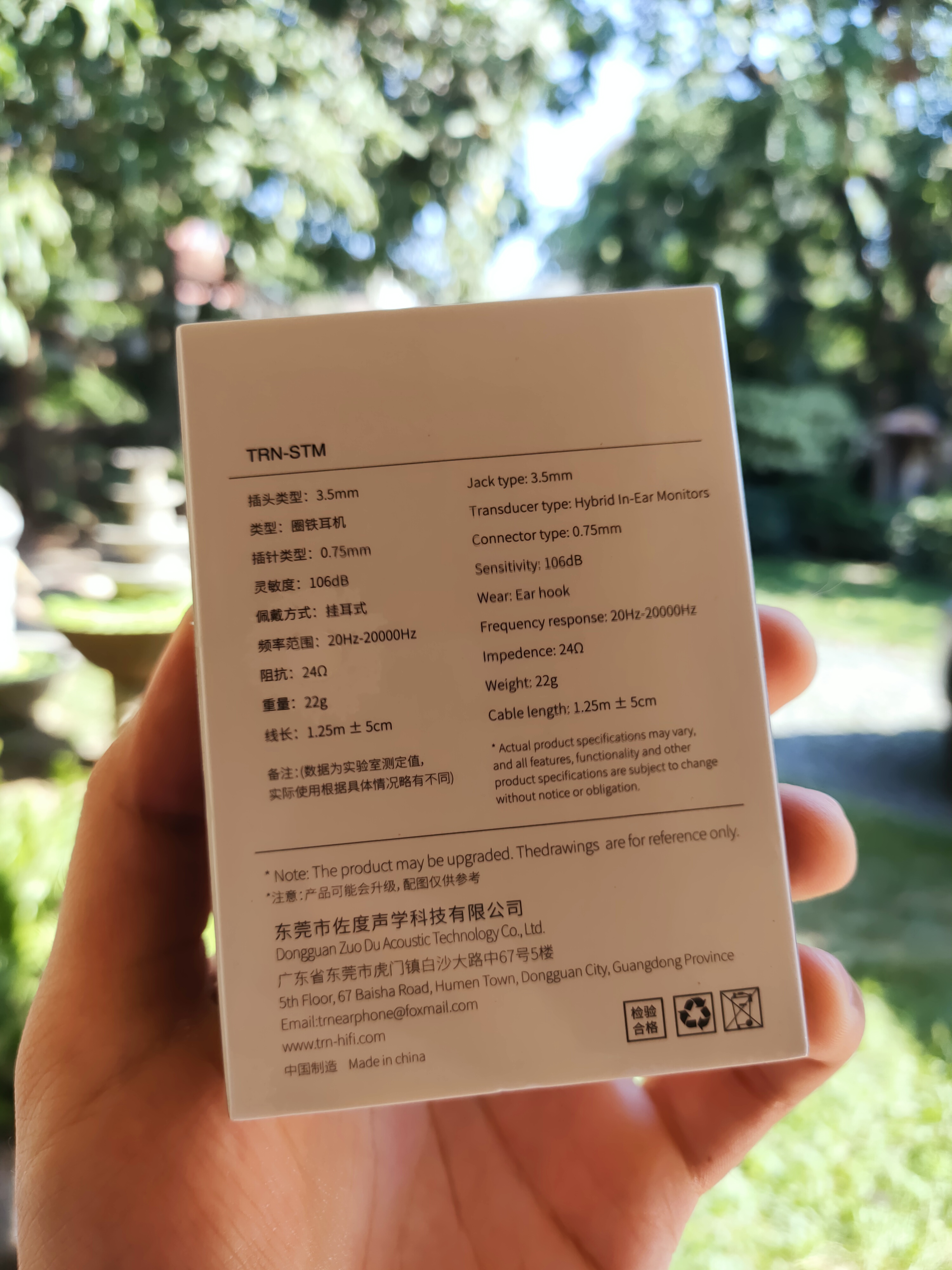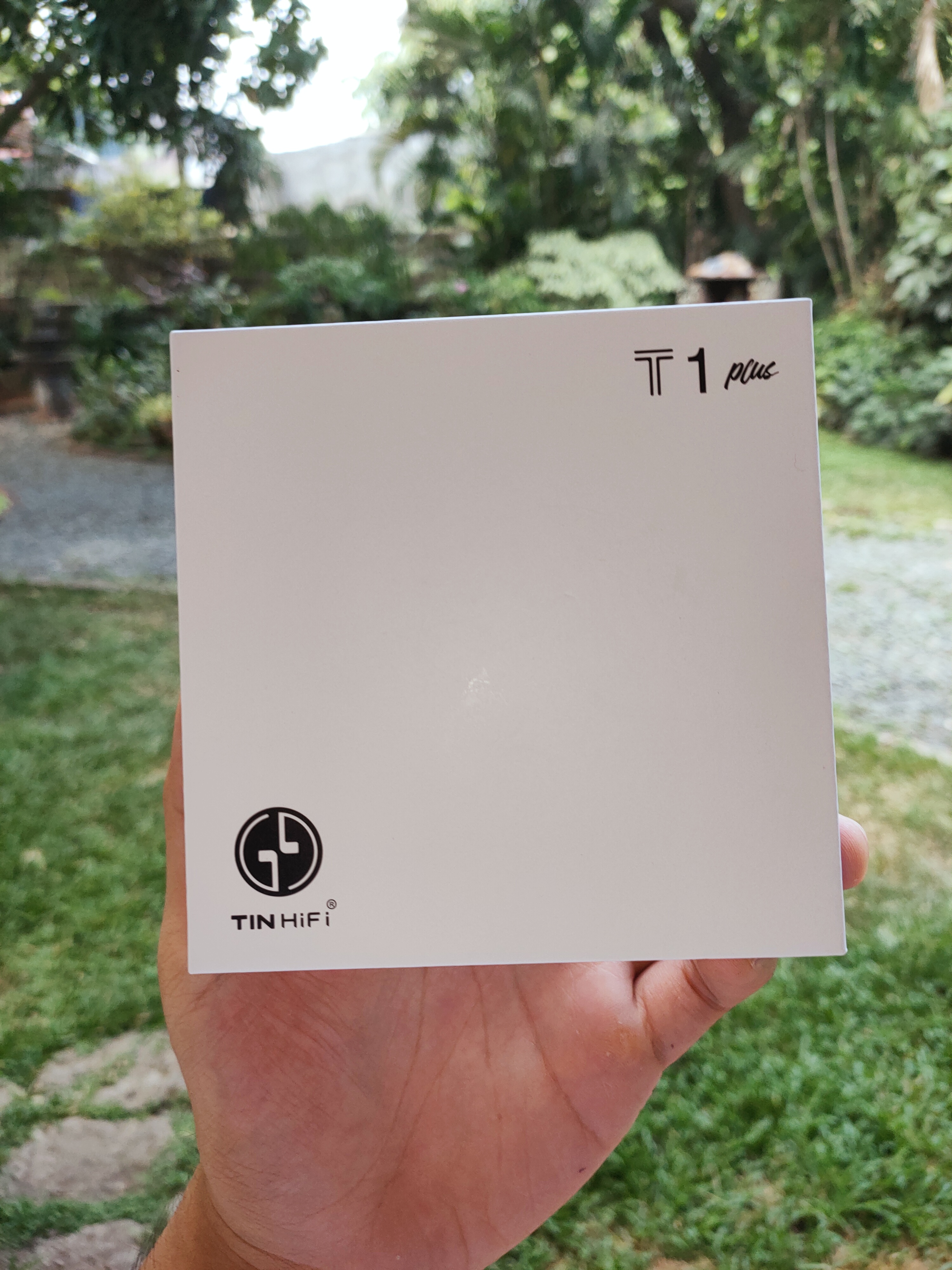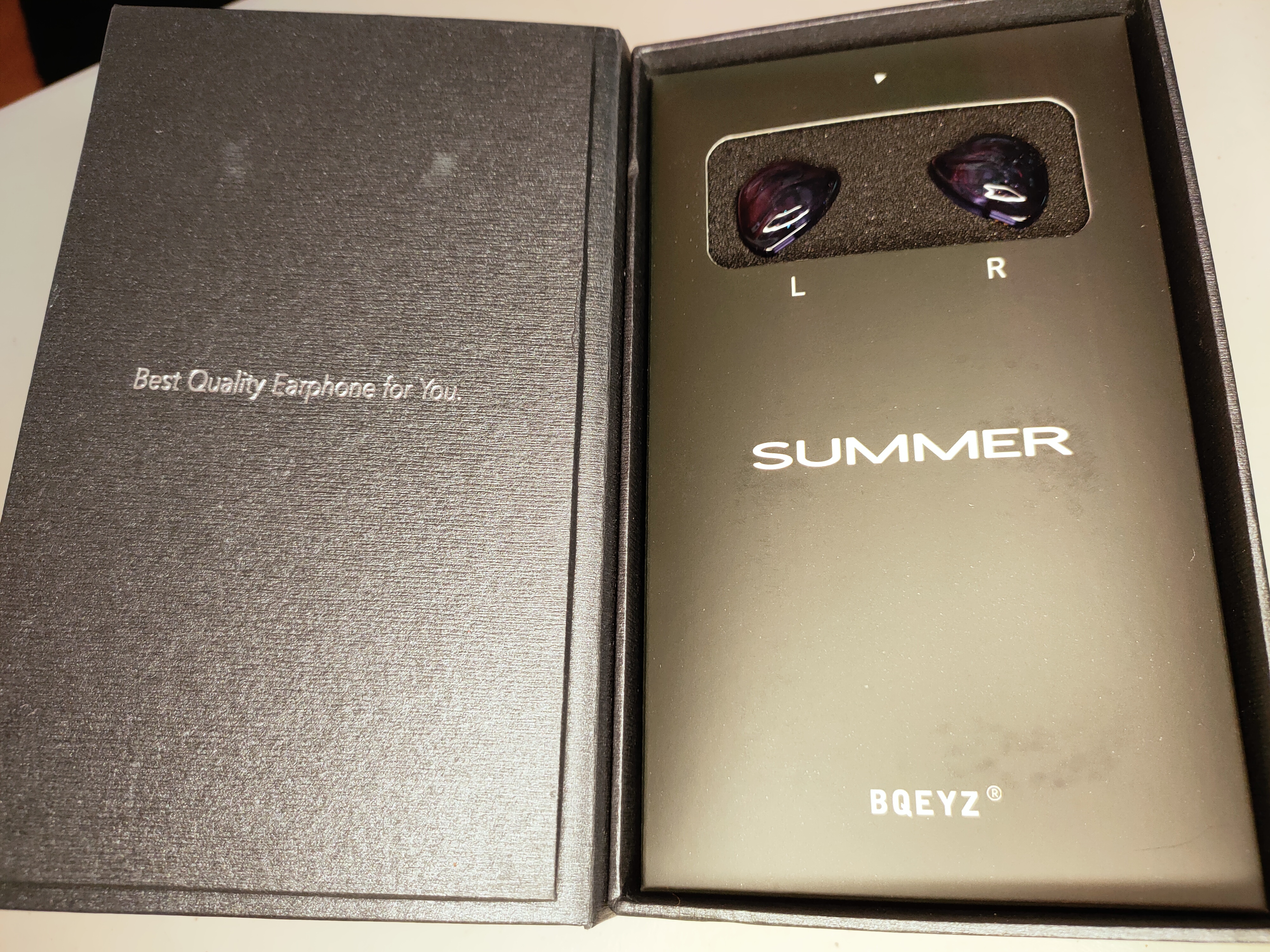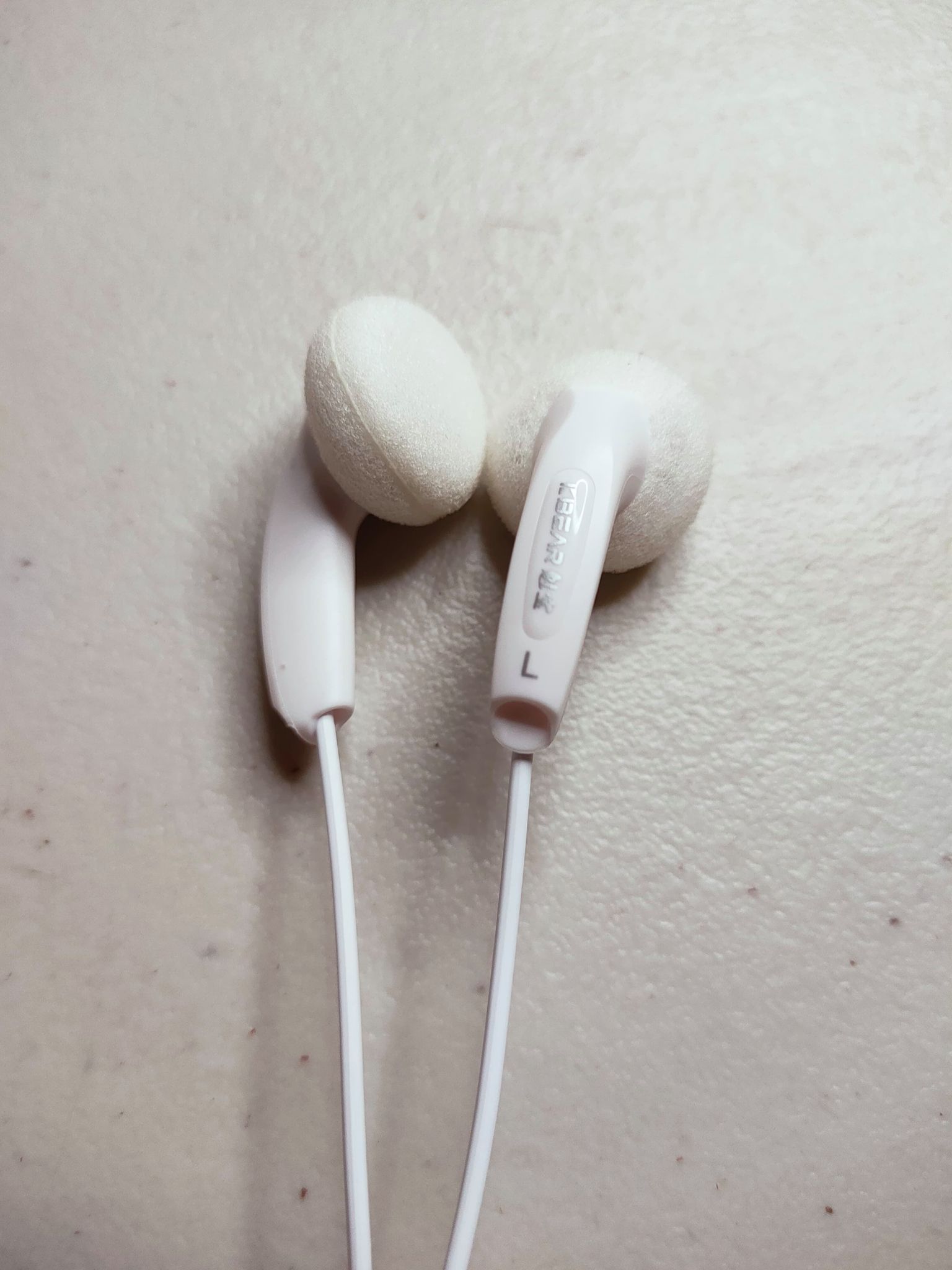Disclaimer:
I would like to thank Radsone for providing a review unit of the HUD100 MK2. Rest assured that my impressions written in this review are my own personal thoughts and opinions and in no way influenced by outside parties.
I am not an expert in this hobby nor claim to be an audiophile. I just love listening to music and am fond of writing articles.
Introduction:
Korean-Fi. It’s a rarer term here on head-fi from what I noticed. Not a lot of talks regarding this wonderful segment. Radsone, short for Radical Sound, is a South Korea-based company that is “a full stack audio company with a vision to make everyone enjoy high-quality sound easier than before. Music that deeply moves one’s heart should be delivered with high quality.” For this review, we have the Radsone Earstudio HUD100 MK2, a portable DAC/Amp that currently sells for 119 USD with free DHL shipping in most countries at the time of this writing.
These were plugged to my Oppo Reno 4 and Asus X409 for the review.
Technology:
Package: HUD100 MK2. Protective case and Adhesive (2x). USB-C to USB-C, 10 cm. USB-C to USB-A, 12 cm. Paperwork. User Manual.
Design and build: It’s mind-boggling how impossibly small Radsone was able to create the HUD100 MK2. This is research & development in all it’s glory. The HUD100 MK2 is a highly portable DAC/Amp and I’d be surprised if there’s a dongle/stack more portable and practical to use than this one (I can think of only one – ddHifi. But, personally speaking, the design itself is a big point of failure concerning durability). Design choice is quite the curiosity – it’s a DAC/Amp that looks like a rectangularly shaped dongle but stacks on a smartphone. I attached a pic for you guys to get an idea of how small it is and the look when used with a phone using the included case. Build is metal and feels sturdy on hand. There’s a light indicator that changes color depending on what sampling rate is utilized. Jack (3.5mm, low power & high power) inserts don’t feel loose and are secure. DSP/Bypass switch satisfyingly clicks in place.
Connectivity: Plug and play. Everything you need is provided in the box, unless you have an iPhone with its determination and rock-solid stand to not adapt USB-C. I, however, had to turn on USB OTG manually for my Reno 4 so that the HUD100 MK2 can be detected in the overly buggy Hiby Music Player. With Poweramp, no further action is necessary to listen to music other than plugging in the HUD100 MK2. When used with my laptop, with first connection, it was automatically detected and finished setting up within seconds. Using MusicBee, there’s no jitter or problem with playing music and the listening experience is flawless.
I, however, wasn’t able to test it with an iPhone due to not having the necessary adapter (Lightning) but it should work based on advertised compatibility.
Now, onto sound:
----------
The Earstudio HUD100 MK2 is an analytical, neutral DAC/Amp. Bass is linear, tight and isn’t emphasized, providing an articulate reproduction of the region. Midrange is natural, textured and defined, though it might come off as cold for some individuals as there’s zero, zit, null, nada coloring of the sound happening. Treble is very clean and detailed, like I said before, is of the colder, analytical side. Note weight isn’t thin and the DAC/Amp won’t change the overall profile of the transducer used. Technicalities will depend on the drivability of the transducer, but generally - soundstage, imaging and separation improvements are minimal. If you want a pure, clean, clear, and transparent listening experience, then the Earstudio HUD100 MK2 is the DAC/Amp to get.
Regarding the sound modes of Bypass, DCT, and Dynamic, in most cases sonic change isn’t drastic. However, I have noticed that the degree of said change depends on the transducer used. Generally speaking - Bypass is bypass, DCT is more “analogue-ish,” while Dynamic sounds more fun, increasing sub-bass with a slight decrease in mid-bass. For what it’s worth, I prefer to use Bypass for like ~85% of my listening. I do have to note that it only works in 44.1 kHZ sampling rate.
----------
Low Power vs. High Power: The Earstudio utilizes an unconventional output set-up. When people would most of the time expect one balanced and one unbalanced port, the HUD100 MK2 uses two 3.5mm. The difference comes in power output. Low Power (LP) dishes out ~0.9 Vrms based on tests by other reviews while the High Power (HP) has a beastly ~2.2 Vrms in this bonkers tiny body. Impedance is less than <1 ohm in LP so it shouldn’t be a problem for sensitive transducers, particularly IEMs.
Hiss Amount:
Battery Drain: I wasn’t able to do a timed test with my laptop or phone on-the-go due to the COVID-19 situation here in my country. However, with the Oppo Reno 4 that has a 4015 mAh battery, drain isn’t noticeable at all and the HUD100 itself is very efficient while in LP using the KZ DQ6 (low-medium volume; Hiby Music bit-perfect mode). Using HP and noticeably faster drain is observable but what I would still consider negligible decrease in battery life. I don’t know about you guys, but for me, that’s more than enough to last me the whole day
----------------
Conclusion:
The Earstudio HUD100 MK2 is a DAC/Amp made for the modern human living in the modern world of portability, minimalism, and practicality. If you can’t survive the “dongle” and find it as “detrimental for the development of mankind,” then having a more usual “audiophile” stack should be a workaround for you. If you want a clean and neutral DAC/Amp, with two Power Modes and three Sound Modes, coupled with the insane size for portability, then for the sale price 119.99 USD and free DHL shipping (for most countries) on Radsone’s online store, go ahead and grab the HUD100 MK2.
I would like to thank Radsone for providing a review unit of the HUD100 MK2. Rest assured that my impressions written in this review are my own personal thoughts and opinions and in no way influenced by outside parties.
I am not an expert in this hobby nor claim to be an audiophile. I just love listening to music and am fond of writing articles.
Introduction:
Korean-Fi. It’s a rarer term here on head-fi from what I noticed. Not a lot of talks regarding this wonderful segment. Radsone, short for Radical Sound, is a South Korea-based company that is “a full stack audio company with a vision to make everyone enjoy high-quality sound easier than before. Music that deeply moves one’s heart should be delivered with high quality.” For this review, we have the Radsone Earstudio HUD100 MK2, a portable DAC/Amp that currently sells for 119 USD with free DHL shipping in most countries at the time of this writing.
These were plugged to my Oppo Reno 4 and Asus X409 for the review.
Technology:
Package: HUD100 MK2. Protective case and Adhesive (2x). USB-C to USB-C, 10 cm. USB-C to USB-A, 12 cm. Paperwork. User Manual.
Design and build: It’s mind-boggling how impossibly small Radsone was able to create the HUD100 MK2. This is research & development in all it’s glory. The HUD100 MK2 is a highly portable DAC/Amp and I’d be surprised if there’s a dongle/stack more portable and practical to use than this one (I can think of only one – ddHifi. But, personally speaking, the design itself is a big point of failure concerning durability). Design choice is quite the curiosity – it’s a DAC/Amp that looks like a rectangularly shaped dongle but stacks on a smartphone. I attached a pic for you guys to get an idea of how small it is and the look when used with a phone using the included case. Build is metal and feels sturdy on hand. There’s a light indicator that changes color depending on what sampling rate is utilized. Jack (3.5mm, low power & high power) inserts don’t feel loose and are secure. DSP/Bypass switch satisfyingly clicks in place.
Connectivity: Plug and play. Everything you need is provided in the box, unless you have an iPhone with its determination and rock-solid stand to not adapt USB-C. I, however, had to turn on USB OTG manually for my Reno 4 so that the HUD100 MK2 can be detected in the overly buggy Hiby Music Player. With Poweramp, no further action is necessary to listen to music other than plugging in the HUD100 MK2. When used with my laptop, with first connection, it was automatically detected and finished setting up within seconds. Using MusicBee, there’s no jitter or problem with playing music and the listening experience is flawless.
I, however, wasn’t able to test it with an iPhone due to not having the necessary adapter (Lightning) but it should work based on advertised compatibility.
Now, onto sound:
----------
The Earstudio HUD100 MK2 is an analytical, neutral DAC/Amp. Bass is linear, tight and isn’t emphasized, providing an articulate reproduction of the region. Midrange is natural, textured and defined, though it might come off as cold for some individuals as there’s zero, zit, null, nada coloring of the sound happening. Treble is very clean and detailed, like I said before, is of the colder, analytical side. Note weight isn’t thin and the DAC/Amp won’t change the overall profile of the transducer used. Technicalities will depend on the drivability of the transducer, but generally - soundstage, imaging and separation improvements are minimal. If you want a pure, clean, clear, and transparent listening experience, then the Earstudio HUD100 MK2 is the DAC/Amp to get.
Regarding the sound modes of Bypass, DCT, and Dynamic, in most cases sonic change isn’t drastic. However, I have noticed that the degree of said change depends on the transducer used. Generally speaking - Bypass is bypass, DCT is more “analogue-ish,” while Dynamic sounds more fun, increasing sub-bass with a slight decrease in mid-bass. For what it’s worth, I prefer to use Bypass for like ~85% of my listening. I do have to note that it only works in 44.1 kHZ sampling rate.
----------
Low Power vs. High Power: The Earstudio utilizes an unconventional output set-up. When people would most of the time expect one balanced and one unbalanced port, the HUD100 MK2 uses two 3.5mm. The difference comes in power output. Low Power (LP) dishes out ~0.9 Vrms based on tests by other reviews while the High Power (HP) has a beastly ~2.2 Vrms in this bonkers tiny body. Impedance is less than <1 ohm in LP so it shouldn’t be a problem for sensitive transducers, particularly IEMs.
Hiss Amount:
Battery Drain: I wasn’t able to do a timed test with my laptop or phone on-the-go due to the COVID-19 situation here in my country. However, with the Oppo Reno 4 that has a 4015 mAh battery, drain isn’t noticeable at all and the HUD100 itself is very efficient while in LP using the KZ DQ6 (low-medium volume; Hiby Music bit-perfect mode). Using HP and noticeably faster drain is observable but what I would still consider negligible decrease in battery life. I don’t know about you guys, but for me, that’s more than enough to last me the whole day

----------------
Conclusion:
The Earstudio HUD100 MK2 is a DAC/Amp made for the modern human living in the modern world of portability, minimalism, and practicality. If you can’t survive the “dongle” and find it as “detrimental for the development of mankind,” then having a more usual “audiophile” stack should be a workaround for you. If you want a clean and neutral DAC/Amp, with two Power Modes and three Sound Modes, coupled with the insane size for portability, then for the sale price 119.99 USD and free DHL shipping (for most countries) on Radsone’s online store, go ahead and grab the HUD100 MK2.
****If you have other questions/concerns with the DAC/Amp mentioned, feel free to message me****

























































